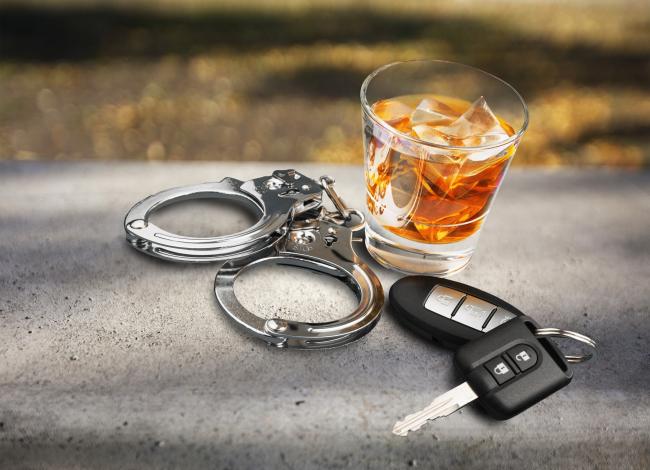Drink-driving related deaths highest in 10 years: Drink Driving Limits and Penalties Explained

Drink driving deaths have reached the highest levels in a decade.
Worrying statistics from the Department of Transport suggest between 240 and 320 people were killed on the road in 2019 when one or more driver was found to be over the legal drink-drive limit.
Not only is this an increase of 17% on the previous year, but it is the highest drink-driving death rate since 2009.
Motor groups have consequently called for a review of the legal limit and increase in roadside testing. Moreover there have been calls for the introduction of ‘alco-locks’ for motorists with previous convictions for being over the influence behind the wheel. Other proposals include stricter rules for young and novice drivers, along with an increased use of telematics insurance.
How does an alco-lock work?
The ‘alco-lock’ concept has previously been backed by the RAC. The device essentially forces previously-convicted drink drivers to pass a breath test before they drive.
It does this by firstly requiring the driver to blow into the alcohol interlock which calculates alcohol levels. The molecule then receives the alcohol measurement and uses this to decide if the vehicle can start. If alcohol levels are below the set limit the vehicle will start as usual, if not the test should be repeated later.
The devices vary, with some locking out the ignition for up to 24 hours if the driver has alcohol in their breath. The drivers engine will be automatically immobilised and locked until the driver blows back below the limit.
What is the Drink Driving Legal limit?
There are strict alcohol limits in place for drivers, however it’s difficult to tell exactly how many drinks this equates to, as each person will have different limits.
The way alcohol affects you will depend on:
What you have eaten recently
The type of alcohol you are drinking
Your weight, age, sex and metabolism
Your stress levels at the time
The official limits are as follows:
Level of alcohol
England, Wales and Northern Ireland
Scotland
Micrograms per 100 millilitres of breath
35
22
Milligrammes per 100 millilitres of blood
80
50
Milligrammes per 100 millilitres of urine
107
67
What is the Drink Driving Penalty?
The following drink driving offences relate to the most common drink driving offences in England and Wales. If you are convicted of the following offences, points will stay on your licence for 11 years. In most cases you will receive a fine and driving licence disqualification for a minimum of 1 year.
Code
Offence
Penalty Points
DR10
Driving or attempting to drive with alcohol level above limit
3-11
DR20
Driving or attempting to drive while unfit through drink
3-11
DR30
Driving or attempting to drive then failing to supply a specimen for analysis
3-11
If you are convicted of a DR40 or DR50, it could stay on your licence for up to 4 years. If you avoid a driving ban, you will be given 10 points on your licence instead. Alongside either, you can expect a fine, up to 3 month imprisonment, or a community order.
A DR60 conviction could also result in either a ban or 10 points on your licence. If you are convicted of a DR70 offence then you will face a fine of up to £1,000 and will incur 4 points on your driving licence.
Code
Offence
Penalty Points
DR40
In charge of a vehicle while alcohol level above limit
10
DR50
In charge of a vehicle while unfit through drink
10
DR60
Failure to provide a specimen for analysis in circumstances other than driving or attempting to drive
10
DR70
Failing to provide a specimen for breath test
4
For further info about drink driving convictions and how this impacts your insurance, please click here
Are you ready to get back out on the roads?
Click here to get a quality, low-cost motor insurance quote now
Drink Driving







